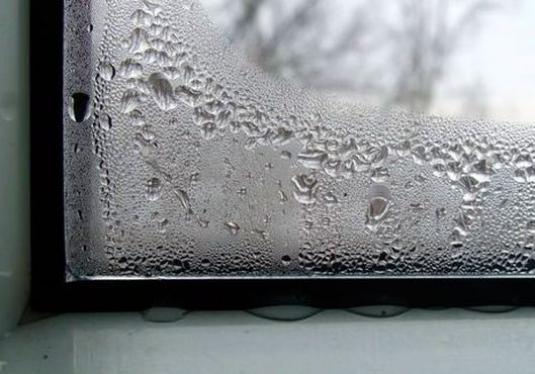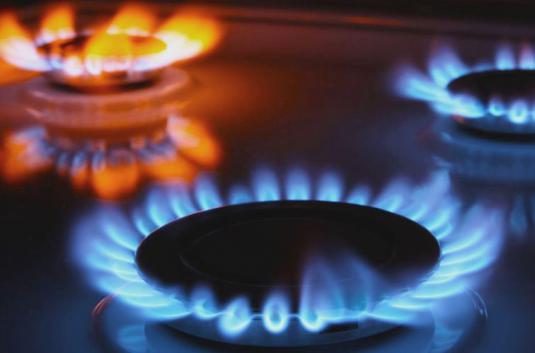Composition of natural gas

A natural gas is a mixture of such gases,which formed in the earth's interior during the decomposition of various organic substances. Of course, the composition of natural gas should be determined with an adjustment for specific samples. However, all natural gases undoubtedly have many common substances and chemical elements in the structure, and any natural gas has approximately the same physical composition and properties as the others. We'll talk about this with you.
General information
Natural gas is one of the most importantfossil, actively used in industry and at home. In conditions of occurrence (or, as gas specialists say, in reservoir conditions), natural gas is located exclusively in the gaseous state, either in the form of a so-called "gas cap" in general oil and gas fields, or in the form of gas deposits (that is, separate clusters) or in a dissolved form - in water or in oil. True, under certain conditions, natural gas can be found not only in the gaseous state, but also in the solid state in the form of crystals.
Chemical composition of natural gas
As for the basic substances that make up natural gas, they are methane (CH4), carbon dioxide (CO2) and nitrogen in the form of molecules (N2). Of these substances and elements is almost any natural gas, whether mine or marsh. As for the composition of natural gas in percent, the main substance that is part of natural gas is certainly methane. Its share is from 90 to 98% - depending on the gas field. Also, natural gas includes substances such as butane, propane, ethane (hydrocarbons, also called homologues of methane, because they consist of the same chemical elements, differing only in the number of carbon and hydrogen atoms and, accordingly, in the structure of molecules). Of the non-hydrocarbon constituents of natural gas, in addition to the nitrogen and carbon dioxide (carbon dioxide) already described, hydrogen (H2), helium (He) and hydrogen sulfide (H2S).
Physical properties of natural gas
First of all, we note that natural gas,which is in its pure form, colorless and odorless. In order to determine the leakage of gas, so-called odorants or substances that have a sharp and unpleasant odor are added to it in small amounts: for example, thiols, among which the leading place is occupied by ethyl mercaptan. For 1000 cubic meters of natural gas, usually not more than 15-16 g of ethyl mercaptan is added. The density of natural gas in the gaseous state averages 0.75 kg per cubic meter. In the crystalline state, the density reaches 400 kg per m3. Self-ignition of natural gas only at veryhigh temperature - about 650 degrees Celsius. At a certain concentration of natural gas in the air (about 5-15%), explosions can occur. Is also known and the specific heat of combustion of natural gas, an average of 35 MJ / m? or 9 Mcal / m ?. When used in various internal combustion engines, the octane number of natural gas is from 120 to 130. Finally, natural gas is approximately 1.8 times lighter than air, so when it leaks it rises upwards, and does not gather in lowlands.
Application of natural gas
First of all, natural gas in the modern worldis used as fuel and fuel. So, in many apartment buildings and private houses people use natural gas for cooking, heating water, heating. As for the other use of natural gas in the form of fuel, recently it has been actively used not only as fuel for various thermal power plants and boiler houses, but also as fuel for the fuel systems of some cars. In addition, modern engineers and designers have even established the production of vehicles operating on natural gas - for example, buses. In the chemical industry, natural gas is used as a raw material for the manufacture of all kinds of substances - for example, various plastics and plastics. And at the dawn of its production in many European and North American cities, natural gas was used as street lighting and it was used even in the very first traffic lights.









